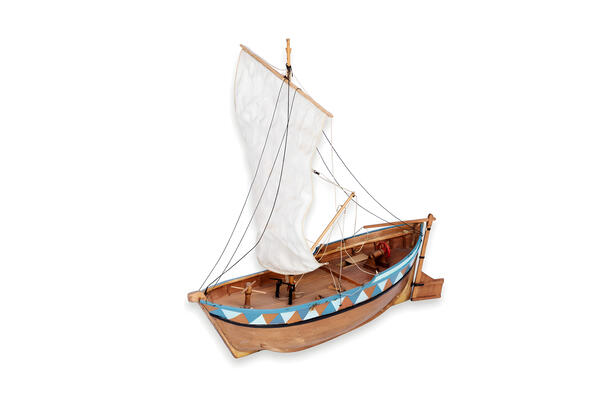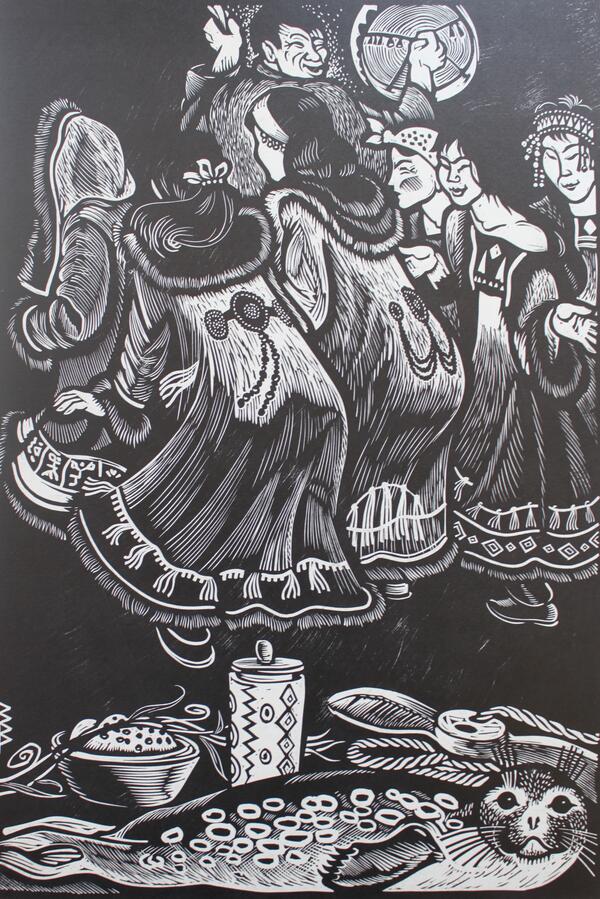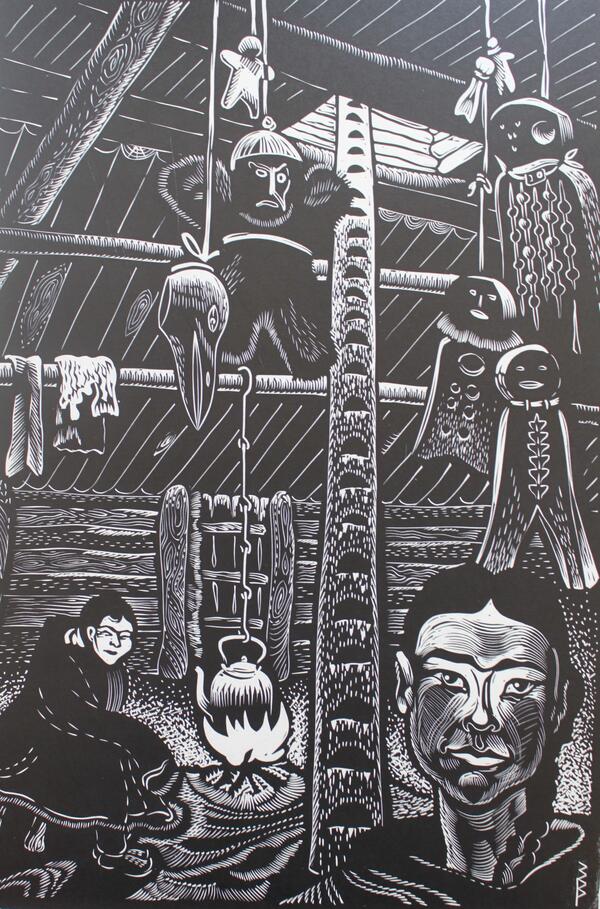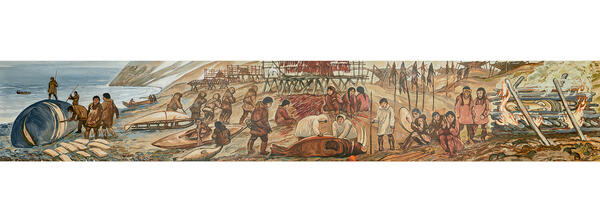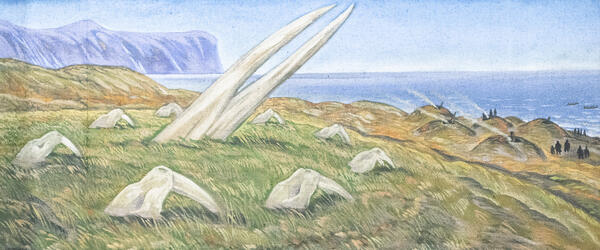A koch is a sea and river sailing and rowing vessel that facilitated Russian exploration of Siberia from the Arctic Ocean and along the inland Siberian rivers. Originally, koch vessels were built and used by the Pomors, the people of the Far North who settled near the Barents and White Seas.
The pomors sailed on koch boats towards Novaya Zemlya on the Kara Sea. These vessels became common in the north of Russia and Siberia in the 17th century. In the 18th century, along with the development of “new-manner shipbuilding”, the koch began to disappear everywhere in Russia.
Such vessels were built both with and without the use of iron. In the latter case, steamed pine root, juniper or spruce twigs were used to tightly bind the planking boards to each other. In Russia, such a root for “sewing” was called “vitsa”.
Koch vessels, which were intended for sailing on the seas, were built very sturdily. Grooves and joints were caulked, i.e. plugged, with a special fiber — oiled hemp wool. Then they were filled with tree wax and laths were laid on top of everything, attached to the planks with iron staples. A small cabin for the captain and the overseer was arranged on the aft deck. The crew and fishermen were accommodated below deck, where there was a galley. A koch served from three to four years on average.
The sails on koch vessels in the 17th century were mostly made of canvas. The deck (“dek”) was a part of the koch, but it did not extend over the whole hull. Craftsmen built such vessels without any drawings, relying solely on their experience. The contours of the future vessel were drawn with a stick in the sand. Close attention was paid only to the bottom, because it had to bear a huge load, especially when it was necessary to drag the shipoverland.
According to different sources, the size of the koch varied from 10 to 24 meters in length and from 5 to 8 meters in width. The draft averaged 1.5 meters and the speed reached seven knots. There were large and small koch vessels. The former were intended for long sea crossings, the latter for traveling on rivers and bays.
In general, the koch was a
vessel most suitable for navigation in ice. The museum’s exhibition presents a
model of an 18th century koch, made by the artist Vladimir Zorin.


